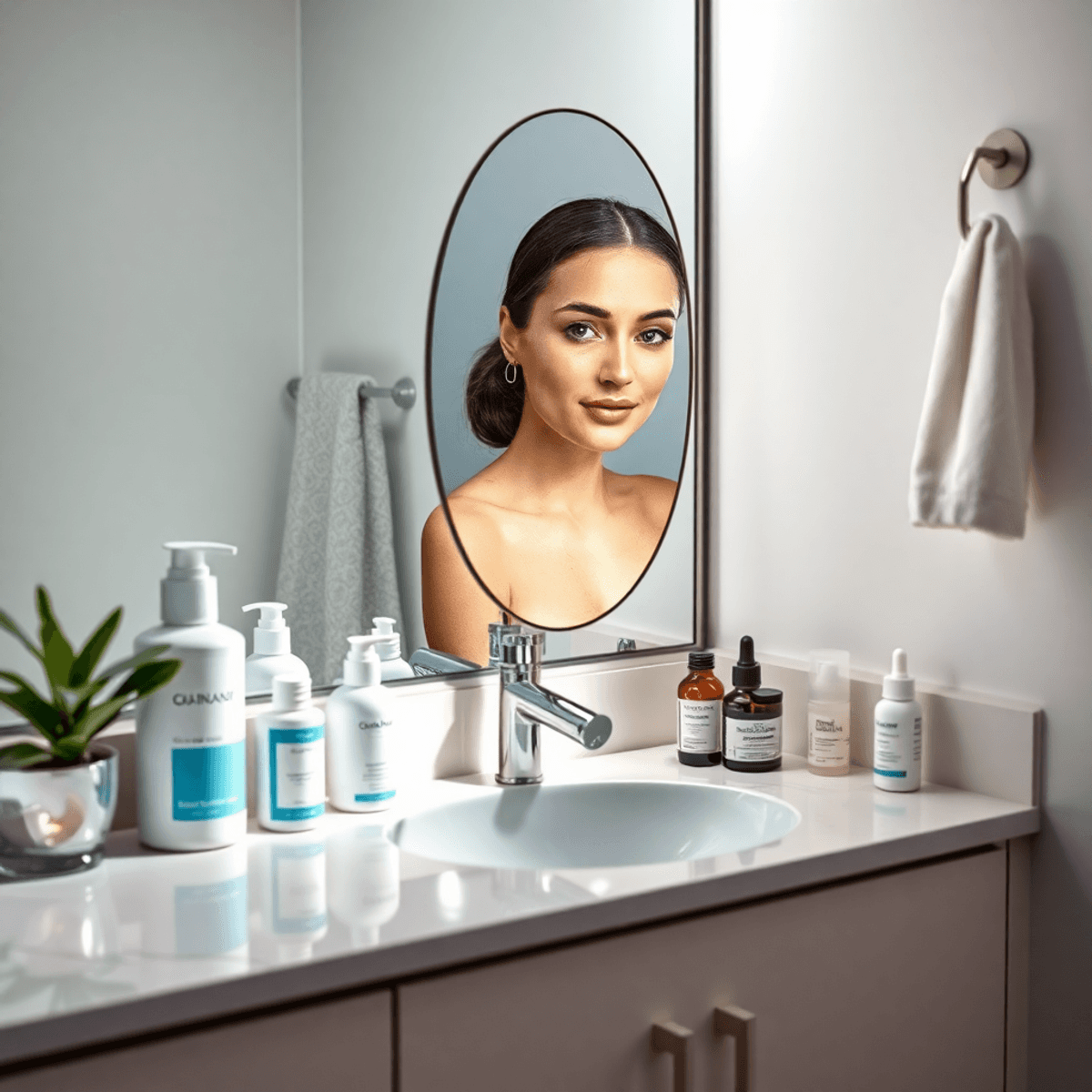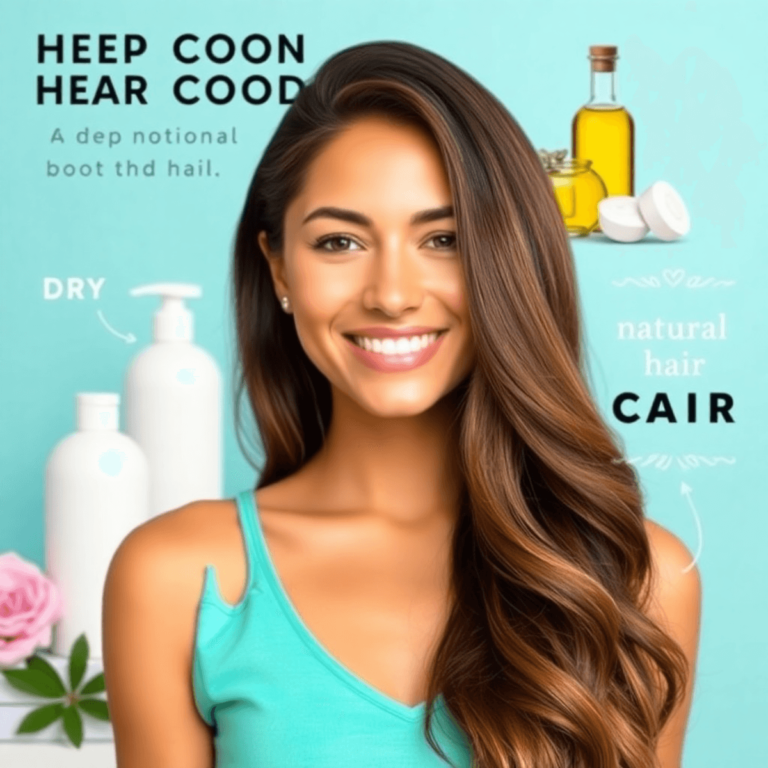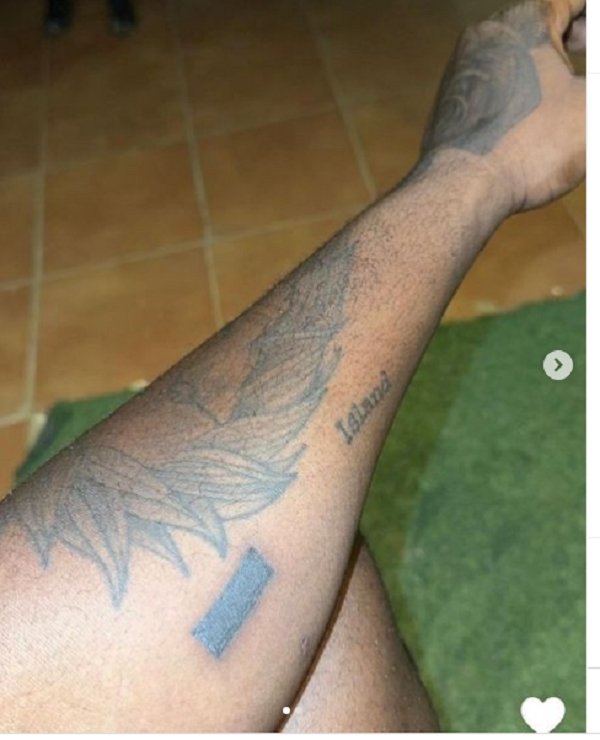How to get rid of pimples on face

Introduction
Struggling with pimples? You’re not alone. Millions face this frustrating skin condition daily, searching for effective solutions to achieve clear, healthy skin. Whether you’re dealing with occasional breakouts or persistent acne, finding the right treatment can feel like an endless journey.
This comprehensive guide will equip you with proven strategies to get rid of pimples on your face. You’ll discover:
- Essential skincare routines that prevent breakouts
- Powerful over-the-counter treatments that target existing pimples
- Natural home remedies backed by science
- Quick-relief spot treatments for emergency situations
- Professional solutions for stubborn acne
From pesky forehead bumps to deep, painful zits, we’ll explore methods that address different types of acne. You’ll learn why pimples form, how to stop them from appearing, and techniques to minimize scarring.
The path to clear skin requires patience and the right combination of treatments. This guide cuts through the confusion, presenting you with practical, actionable steps you can start implementing today. Ready to transform your skin? Let’s dive into the science of pimple prevention and treatment.
Understanding Pimples
Pimples develop through a complex interaction between your skin’s natural processes and external factors. These small, raised bumps appear when hair follicles become blocked with oil (sebum) and dead skin cells, creating an environment where bacteria can thrive.
The Anatomy of a Pimple
- Sebaceous glands produce oil to keep your skin moisturized
- Dead skin cells mix with excess oil
- Bacteria multiply in the clogged pore
- Your immune system responds with inflammation
Key Factors in Pore Blockage
- Excess oil production triggered by hormonal changes
- Dead skin cells that don’t shed properly
- Bacteria buildup on skin surface
- Sweat and dirt accumulation
- Makeup residue
- Touch from unwashed hands
Hormonal Influence on Pimple Formation
Your hormones play a significant role in pimple development. During specific life stages and events, hormonal fluctuations can increase oil production:
- Puberty: Androgens stimulate sebaceous glands
- Menstrual Cycle: Weekly hormone changes affect skin
- Pregnancy: Shifting hormone levels impact skin condition
- Stress: Cortisol hormone increases oil production
Types of Pimples You Might Experience
- Whiteheads: Closed, clogged pores
- Blackheads: Open, clogged pores exposed to air
- Papules: Small, red, tender bumps
- Pustules: Red bumps with white pus at their tips
- Nodules: Large, painful bumps deep under skin
- Cysts: Deep, pus-filled, painful bumps
Understanding these formation patterns helps you identify the best treatment approach for your specific pimple type. Your skin’s response to different triggers can vary, making personalized care essential for effective pimple management.
1. Effective Cleansing Routine
A proper facial cleansing routine is your first line of defense against stubborn pimples. Cleansing your face twice daily removes dirt, excess oil, and dead skin cells that clog pores and cause breakouts.
Morning Cleansing
- Use lukewarm water to open up your pores
- Apply a gentle cleanser using circular motions
- Spend 60 seconds massaging the cleanser into your skin
- Rinse thoroughly with cool water to close pores
Evening Cleansing
- Remove makeup completely before cleansing
- Double cleanse if you wear heavy makeup or sunscreen
- Focus on areas prone to breakouts
- Pat dry with a clean towel
Choosing the Right Cleanser
Your skin type determines the most effective cleanser for your routine. Here are some tips on how to choose a face wash cleanser for your skin type:
Oily Skin: Look for gel-based or foaming cleansers
Dry Skin: Choose cream-based or milk cleansers
Combination Skin: Use gentle, pH-balanced cleansers
Sensitive Skin: Select fragrance-free, hypoallergenic options
Essential Cleansing Tips
- Never use hot water – it strips natural oils
- Avoid harsh scrubbing that irritates skin
- Change your face towel every 2-3 days
- Clean your phone screen regularly
- Wash your pillowcase weekly
Signs of Over-Cleansing
- Tight, squeaky-clean feeling
- Redness or irritation
- Increased oil production
- Dry, flaky patches
A gentle approach to cleansing maintains your skin’s natural moisture barrier while effectively removing impurities. Regular, consistent cleansing helps prevent new breakouts and allows existing pimples to heal properly. Your cleanser should leave your skin feeling clean but not stripped, comfortable but not tight.
However, it’s also crucial to avoid common face washing mistakes that can hinder your skincare routine’s effectiveness.
2. Over-the-Counter Treatments
Drugstores offer a wide range of effective acne-fighting products that can help you combat stubborn pimples. These treatments contain powerful active ingredients scientifically proven to reduce breakouts and prevent future flare-ups.
Salicylic Acid: Your Pore-Clearing Ally
- Works as a chemical exfoliant to dissolve dead skin cells
- Penetrates deep into pores to remove excess oil and debris
- Available in concentrations from 0.5% to 2%
- Best for blackheads and whiteheads
- Can be found in cleansers, toners, and spot treatments
Benzoyl Peroxide: The Bacteria Fighter
- Kills acne-causing bacteria on contact
- Reduces inflammation and redness
- Available in strengths from 2.5% to 10%
- Most effective for inflammatory acne and pustules
- Works best when applied as a thin layer across acne-prone areas
Choosing the Right Product
Your skin type determines which treatment will work best:
- Oily Skin: Higher concentrations of benzoyl peroxide (5-10%)
- Sensitive Skin: Lower concentrations of salicylic acid (0.5-1%)
- Combination Skin: Alternate between both ingredients
Application Tips
- Start with lower concentrations to test skin sensitivity
- Apply products on clean, dry skin
- Use sunscreen during the day as these ingredients can increase sun sensitivity
- Allow 4-6 weeks to see significant results
- Don’t mix multiple active ingredients without patch testing first
Popular Product Forms
- Face washes
- Spot treatments
- Medicated pads
- Serums
- Gels
- Lotions
Remember to introduce new products gradually into your skincare routine. If you experience excessive dryness or irritation, reduce the frequency of application or switch to a lower concentration.
3. Home Remedies for Pimples
Natural remedies offer a gentle approach to treating pimples with minimal risk of skin irritation. These solutions use natural ingredients to fight acne while keeping your skin balanced.
1. Tea Tree Oil
- Mix 1-2 drops with a carrier oil like jojoba or coconut oil
- Apply directly to affected areas using a cotton swab
- Contains natural antibacterial properties that fight acne-causing bacteria
- Reduces inflammation and redness within 24-48 hours
2. Honey and Cinnamon Mask
- Combine 2 tablespoons raw honey with 1 teaspoon cinnamon
- Apply as a thin layer across affected areas
- Leave on for 10-15 minutes
- Honey’s antimicrobial properties paired with cinnamon’s anti-inflammatory effects create a powerful acne-fighting duo
3. Witch Hazel
- Apply undiluted witch hazel using a cotton ball
- Natural astringent properties help shrink pores
- Reduces excess oil production
- Can be used 1-2 times daily as a toner
4. Aloe Vera
- Extract fresh gel from an aloe leaf or use pure aloe vera gel
- Apply directly to pimples and surrounding areas
- Soothes irritated skin and reduces redness
- Contains natural salicylic acid that helps unclog pores
5. Green Tea Compress
- Brew strong green tea and let it cool
- Soak a clean cloth in the tea
- Apply as a compress for 5-10 minutes
- Rich in antioxidants that reduce inflammation and fight bacteria
These remedies work particularly well for treating pimples on various body areas, including forehead breakouts and back acne. They can also help fade dark spots and post-acne marks when used consistently. For stubborn cystic pimples, combine these natural treatments with proper cleansing and spot treatments for optimal results.
Remember to patch test any new remedy on a small area of skin before full application to ensure no adverse reactions occur.
4. Spot Treatments for Quick Relief
When you need fast results for stubborn pimples, spot treatments offer targeted solutions. These concentrated treatments work directly on problem areas, delivering active ingredients where you need them most.
Aspirin Paste Spot Treatment: How to Create and Apply It Effectively
Aspirin contains salicylic acid, making it an effective spot treatment for quick pimple relief. Here’s how to create and use an aspirin paste:
Required Materials:
- 1-2 uncoated aspirin tablets
- Few drops of water
- Clean cotton swab or fingertip
- Small mixing container
Step-by-Step Application:
- Create the PasteCrush the aspirin tablet into a fine powder
- Add 2-3 drops of water
- Mix until you achieve a thick, paste-like consistency
- Application ProcessClean the affected area with a gentle cleanser
- Use a cotton swab to apply the paste directly on the pimple
- Avoid spreading the mixture on unaffected skin
- Let it sit for 10-15 minutes
- RemovalRinse with lukewarm water
- Pat dry with a clean towel
- Apply a light moisturizer if needed
Pro Tips:
- Use this treatment at night before bed
- Don’t leave the paste on longer than 15 minutes
- Apply only to visible pimples, not entire face
- Test on a small area first to check for sensitivity
- Don’t use if you’re allergic to aspirin
This spot treatment works best on surface-level pimples and can help reduce redness and inflammation within hours. You can safely use this method once daily until the pimple subsides.
Other Effective Spot Treatment Options
Sulfur-based Treatments
Sulfur-based treatments deliver powerful anti-inflammatory benefits while drawing out excess oil from stubborn pimples. You’ll find this ingredient particularly effective for treating deep, cystic acne.
Niacinamide
Niacinamide, a form of vitamin B3, reduces redness and inflammation while regulating oil production. This gentle ingredient suits sensitive skin types and helps fade post-acne marks.
Quick-acting spot treatments include:
- Clay-based products containing kaolin or bentonite
- Hydrocolloid patches that absorb pus and protect the area
- Tea tree oil solutions at 5% concentration
- Zinc oxide formulations for their antibacterial properties
For overnight results, look for products combining multiple active ingredients like salicylic acid with niacinamide or sulfur with zinc. Apply these treatments directly to individual pimples using a clean cotton swab for maximum effectiveness.
5. The Role of Face Masks in Acne Treatment
Face masks are powerful tools in your fight against stubborn pimples. These treatments deliver concentrated active ingredients deep into your skin, targeting multiple skin concerns at once.
Benefits of Clay Masks for Oily and Acne-Prone Skin
Clay-based masks draw out impurities from your pores while absorbing excess oil. This makes them particularly effective for oily and acne-prone skin types. A weekly clay mask application can help:
- Reduce shine
- Minimize pore appearance
- Balance oil production
- Remove dead skin cells
Salicylic Acid Face Mask: How It Works
Salicylic acid masks work in two ways. This beta-hydroxy acid (BHA) goes deep into your pores, breaking down the mixture of dead skin cells and oil that causes breakouts.
The exfoliation process:
- Removes surface-level dead skin cells
- Unclogs existing pimples
- Prevents future breakouts
- Reduces inflammation
With regular use of salicylic acid masks, your skin’s natural cell turnover speeds up. This increased renewal helps fade post-acne marks and creates a smoother skin texture.
Application Tips for Maximum Benefits
To get the most out of your salicylic acid masks, follow these application tips:
- Start with clean, dry skin
- Apply a thin, even layer
- Leave on for 10-15 minutes
- Rinse with lukewarm water
- Use 1-2 times per week
Combining Salicylic Acid Masks with Sulfur-Based Formulations
Combining salicylic acid masks with sulfur-based formulations enhances their effectiveness. Sulfur’s natural antibacterial properties work well with salicylic acid’s exfoliating action, creating a comprehensive treatment for different types of acne lesions.
Benzoyl Peroxide Face Mask: How It Works
Benzoyl peroxide face masks are highly effective against stubborn acne. This powerful ingredient works by releasing oxygen directly into your pores, creating an environment where acne-causing bacteria can’t survive.
How Benzoyl Peroxide Works
The antimicrobial properties of benzoyl peroxide target P. acnes bacteria, the primary cause of those red, inflamed bumps on your skin. When applied as a face mask, it penetrates deep into your pores, effectively:
- Killing acne-causing bacteria on contact
- Reducing redness and swelling
- Breaking down excess oil
- Preventing new breakouts from forming
Application Tips
To get the most out of your benzoyl peroxide face mask, follow these application tips:
- Start with a lower concentration (2.5-5%) to minimize irritation
- Apply a thin layer to clean, dry skin
- Leave on for 10-15 minutes
- Rinse thoroughly with lukewarm water
- Use 1-2 times per week
Important Reminders:
- Remember to patch test before using a benzoyl peroxide mask, as some people may experience dryness or sensitivity.
- This ingredient can also bleach fabrics, so use white towels when cleansing your face.
Incorporating Face Masks into Your Skincare Routine
Face masks are powerful tools in your fight against stubborn facial bumps and pimples. By using them regularly, you can deliver concentrated ingredients deep into your pores and target acne at its source.
Optimal Frequency for Different Skin Types:
- Oily/Acne-Prone Skin: 2-3 times per week
- Combination Skin: 1-2 times per week
- Sensitive Skin: Once per week
Best Practices for Maximum Benefits:
- Apply masks after cleansing but before other skincare products
- Leave on for the recommended time – longer isn’t better
- Don’t mix different mask types in one session
- Listen to your skin’s response and adjust frequency accordingly
Pro Tips:
- Use clay masks for oily areas and hydrating masks for dry patches
- Apply a thin layer of mask – thickness doesn’t increase effectiveness
- Keep your face damp before applying to enhance absorption
- Never let clay masks dry completely to prevent skin irritation
Your skin needs time to respond to treatment, so maintain a consistent schedule rather than over-masking when breakouts occur. Track your skin’s response to different masks and timing patterns to develop your ideal routine.
6. Lifestyle Changes for Clearer Skin
The Impact Of Diet On Acne-Prone Skin
Your diet plays a significant role in skin health. High-glycemic foods trigger insulin spikes, leading to increased sebum production and potential breakouts. Research shows a direct connection between certain food groups and acne development:
Foods That May Trigger Breakouts:
- Sugary snacks and beverages
- White bread and refined grains
- Processed foods
- Dairy products, especially skim milk
- Foods high in saturated fats
- Leafy greens rich in vitamins A and C
- Omega-3 fatty acids from fish and nuts
- Zinc-rich foods like pumpkin seeds
- Antioxidant-packed berries
- Whole grains and legumes
A balanced, low-glycemic diet helps stabilize blood sugar levels and reduce inflammation. Studies indicate that participants following a low-glycemic diet experienced significant improvements in their acne symptoms within 12 weeks.
Practical Diet Tips for Clearer Skin:
- Replace sugary drinks with water or green tea
- Choose complex carbohydrates over simple sugars
- Include protein with each meal to stabilize blood sugar
- Add anti-inflammatory foods to your daily menu
- Track your food intake to identify potential trigger foods
The connection between dairy consumption and acne remains a topic of ongoing research. Some studies suggest that hormones in dairy products might stimulate oil glands and trigger breakouts. Consider keeping a food diary to identify personal trigger foods affecting your skin’s condition.
Remember that dietary changes take time to show results. A consistent approach to healthy eating, combined with proper skincare routines, creates the foundation for clearer skin. Your body needs adequate nutrients to repair and maintain healthy skin cells, making diet an essential component of acne management.
Stress Management Techniques For Healthy Skin From Within
Stress triggers hormonal changes that can increase sebum production and inflammation, leading to more frequent breakouts. Your skin health directly reflects your mental well-being, making stress management essential for maintaining clear skin.
Effective Stress-Relief Practices for Clearer Skin:
- Mindfulness Meditation: Practice 10-15 minutes daily, focusing on deep breathing exercises or using guided meditation apps for structured sessions.
- Physical Activity: Engage in cardio exercises 3-4 times weekly, try yoga for combined physical and mental benefits, or join dance classes for both stress relief and social interaction.
- Sleep Hygiene: Maintain a consistent sleep schedule, create a relaxing bedtime routine, and aim for 7-8 hours of quality sleep.
Quick Stress-Relief Techniques During Breakouts:
- Take a 5-minute break for deep breathing exercises
- Step outside for fresh air and natural light exposure
- Practice progressive muscle relaxation
- Listen to calming music or nature sounds
Creating a Stress-Management Routine:
- Start your day with 5 minutes of meditation
- Schedule regular exercise sessions
- Take short breaks throughout the day
- Establish boundaries between work and personal time
- Keep a stress journal to identify triggers
These practices help regulate cortisol levels, reducing inflammation and sebum production that contribute to breakouts. Regular implementation of these techniques supports your skin’s natural healing processes and complements your skincare routine.
7. Professional Treatments For Persistent Acne
When home remedies and over-the-counter treatments don’t deliver results, seeking professional help becomes essential. A dermatologist consultation can provide personalized solutions for stubborn acne cases.
Common Professional Treatment Options:
- Prescription Antibiotics: Oral medications to fight bacteria, topical antibiotic creams, or combined treatments with benzoyl peroxide.
- Hormonal Therapy: Birth control pills for hormone-related acne, anti-androgen medications, or regular hormone level monitoring.
- Advanced Treatments: Chemical peels, light therapy, laser treatments, or extraction procedures.
Your dermatologist will create a tailored treatment plan based on:
- Your skin type
- Acne severity
- Previous treatment history
- Medical background
What to Expect During Consultation:
- Skin examination
- Medical history review
- Discussion of lifestyle factors
- Treatment options presentation
- Development of a care plan
Professional treatments require patience and consistency. Results typically appear within 4-8 weeks of starting treatment. Regular follow-up appointments help track progress and adjust treatments as needed.
Remember: Professional intervention can prevent permanent scarring and provide long-term solutions for persistent acne problems.
FAQs (Frequently Asked Questions)
What are pimples and how do they form?
Pimples are small, inflamed bumps on the skin that occur due to clogged pores. They form when excess oil production, dead skin cells, and bacteria accumulate in hair follicles, leading to inflammation. Hormonal changes, particularly during puberty or menstrual cycles, can also contribute to pimple formation.
How can I effectively cleanse my face to prevent breakouts?
To prevent breakouts, it is important to cleanse your face twice daily using a gentle cleanser suitable for your skin type. This helps remove dirt, oil, and impurities. Avoid harsh scrubbing; instead, use lukewarm water and pat your skin dry gently.
What over-the-counter treatments are effective for acne?
Popular over-the-counter treatments include products containing salicylic acid and benzoyl peroxide. Salicylic acid helps exfoliate the skin and unclog pores, while benzoyl peroxide kills acne-causing bacteria and reduces inflammation associated with breakouts.
Are there natural remedies for treating pimples?
Yes, there are several natural remedies that can help reduce pimples. Tea tree oil has antibacterial properties, while aloe vera is known for its soothing effects. Honey and cinnamon masks can also help soothe inflammation and promote healing.
What is a spot treatment and how do I use it?
A spot treatment is a targeted approach to treat individual pimples rather than applying products all over the face. One effective method is creating an aspirin paste by crushing an uncoated aspirin tablet and mixing it with water until thick. Apply it directly onto the affected area for about 10-15 minutes before rinsing off.
How can I get rid of pimple scars?
To reduce pimple scars, consider using gentle exfoliants or products containing ingredients like vitamin C or retinoids. Natural remedies such as aloe vera or honey can also help in healing scars over time. Consistency in your skincare routine is key to achieving better results.










